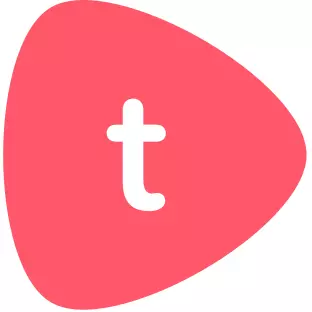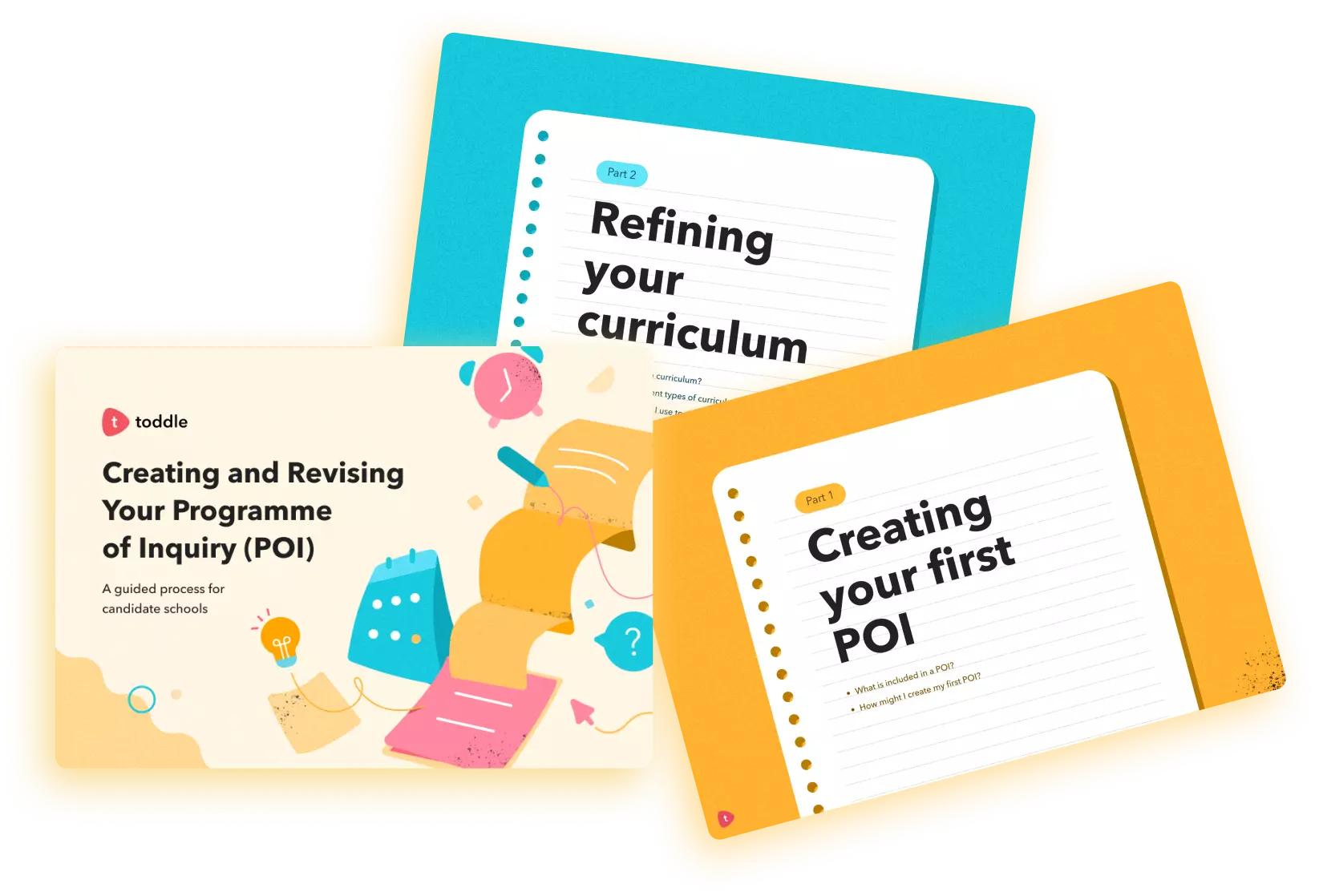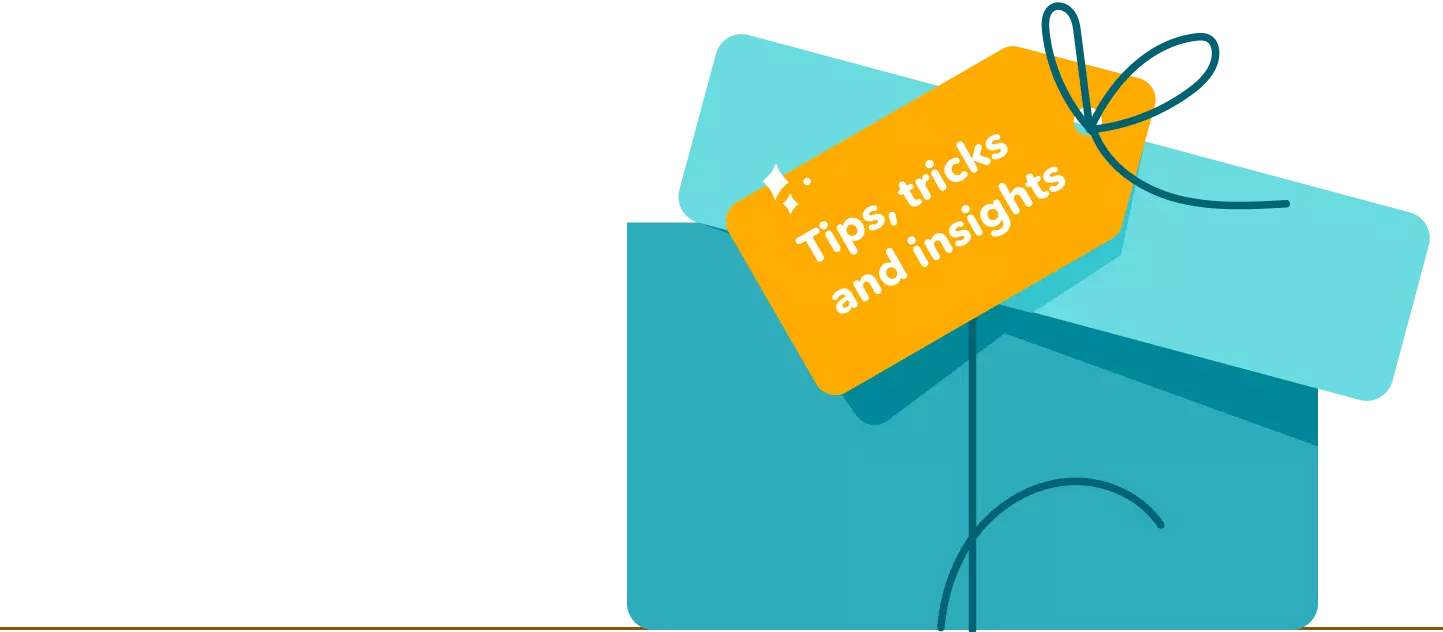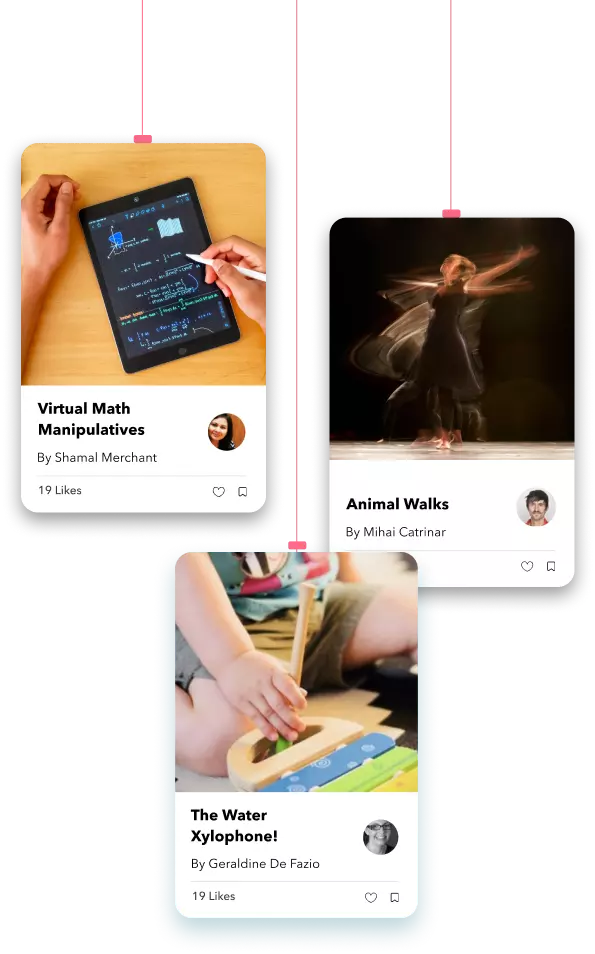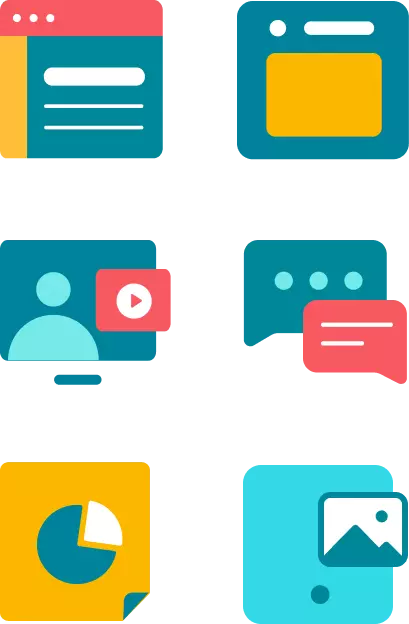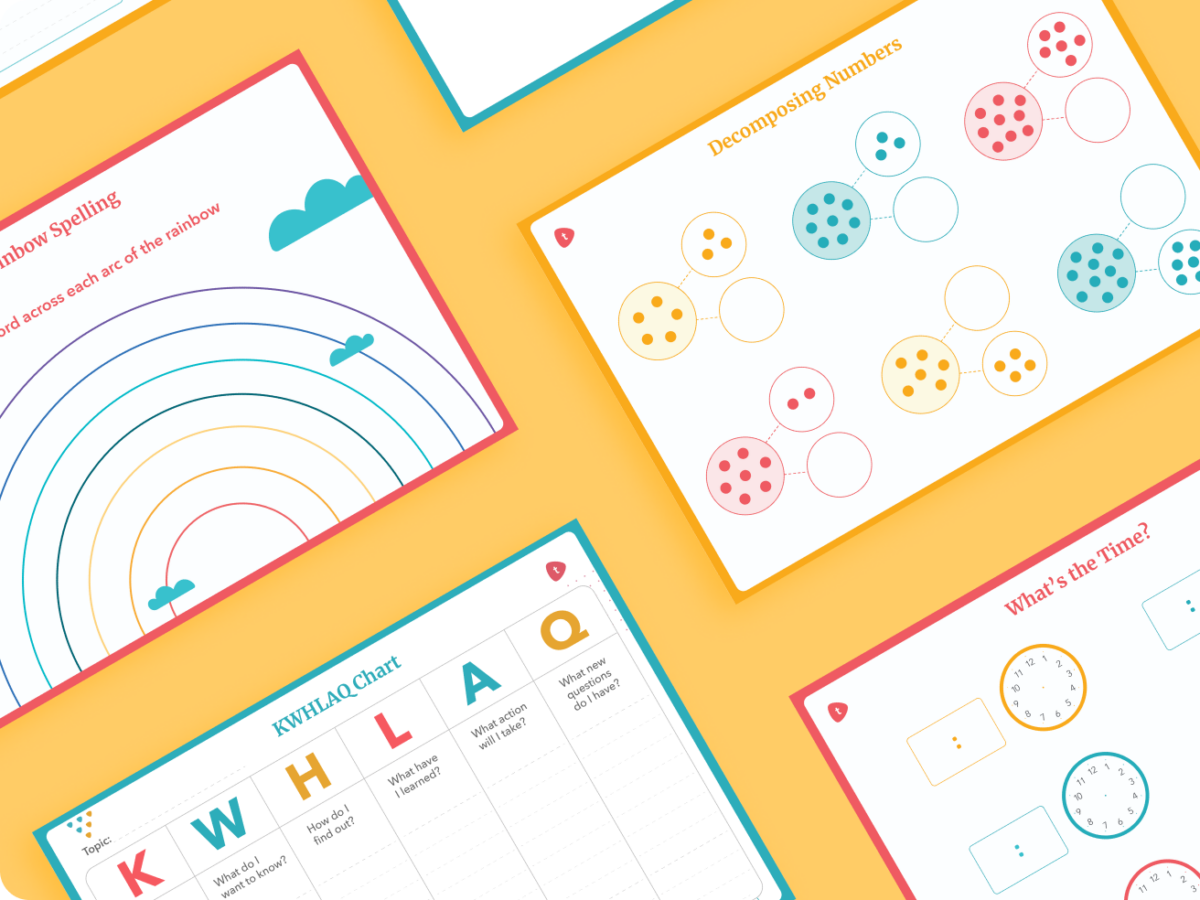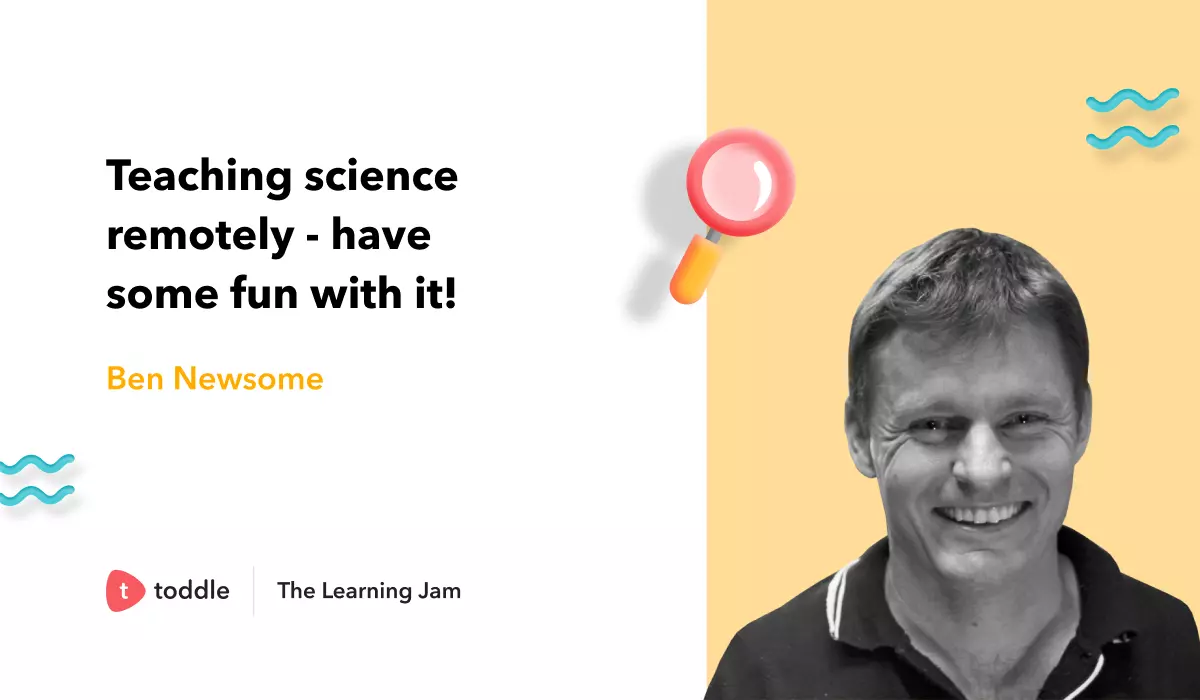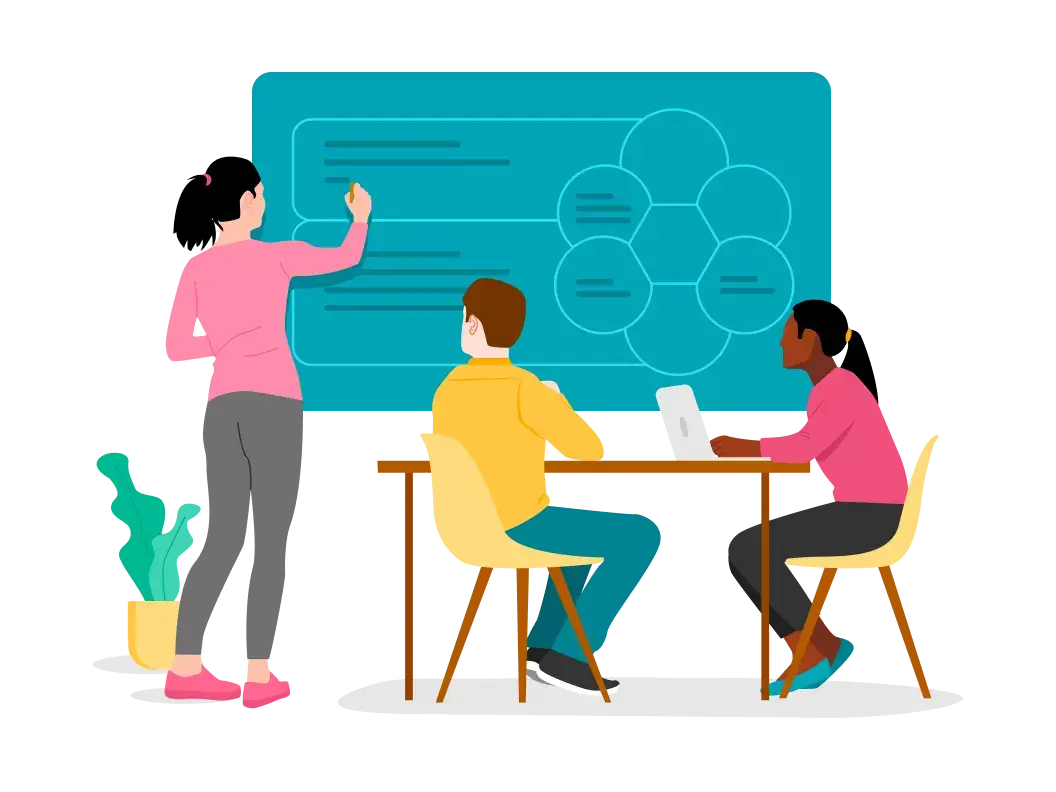In the PYP, all educators are curriculum designers! The entire school community comes together to develop a locally and globally relevant programme of inquiry (POI) for their learners. While this process can be joyous and fulfilling, it can also feel overwhelming to teams new to the process. This comprehensive guide aims to support schools in developing and refining their POI, providing step-by-step processes and essential tools.
What is a POI?
A Programme of Inquiry (POI) outlines the scope and sequence of learning experiences in the PYP. It serves as a roadmap for teachers, providing guidance on what will be taught and when. The POI is designed to foster inquiry-based learning and develop conceptual understanding across various subject areas
The POI should clearly show the units to be taught by each grade level including which subjects will collaborate to explore each transdisciplinary theme.
Part 1: Creating your first Programme of Inquiry (POI)
When you are designing your first POI, your first step will be to gain clarity on who will be involved and what will inform your decision making.
Who is at the table: When creating your first POI, we find it helpful to have a select group create a basic outline. This leaves room for flexibility and collaboration while making sure that there is oversight and accountability. Throughout the guide, we will use this as the guiding structure.
Additionally, you need to have clarity on the school’s chosen curriculum standards for all six PYP subjects: math, language, arts, PSPE, science, and social studies. Your school might choose to use the PYP Scope and Sequence, state, national or regional standards, a school-created curriculum, or a combination of these. There are no right or wrong answers in terms of curriculum, but it is essential that everyone knows which standards the school intends to use.
Once you have your team and curriculum standards in place, you are ready to create your first POI outline. When you are designing your POI, your job will be to look for authentic connections across subjects and meaningfully bundle standards. The question you will ask yourself is: How might this subject be used as a tool for solving the problems I have identified in the transdisciplinary theme?
Part 2: Reviewing and refining your curriculum
What is a curriculum review?
Curriculum review is an ongoing process of reviewing and updating what and how you teach. Our goal is to have a responsive curriculum that reflects the needs and interests of our learners while remaining grounded in our schools’ chosen curriculum standards. Each school has its own unique process, timelines, and terminology for curriculum review. IB Schools are required to have a vertically and horizontally aligned curriculum.
Three common types of curriculum review
There are three common types of curriculum review: Responsive unit planning, annual POI review, and the curriculum review cycle. Your school may have different names for these processes. The goal is to continuously revisit what is taught and how best to teach it to support your learners.
- Responsive unit planning (throughout the year)
- Annual POI review (yearly)
- Curriculum review cycle (every three to five years)
Developing and refining your school POI is a joyous process. It is an invitation to reflect on the needs, opportunities, and challenges in your local community while empowering students with the knowledge, understanding, and skills they need to make the world a better place.
In this resource, you will:
- Get a cheat sheet of what is required in your POI
- Access a step-by-step guide for developing a year one outline
- Explore 3 types of curriculum review with tips and things to consider
- Check out Toddle’s sample POI with fully articulated units, assessments, and learning experiences


